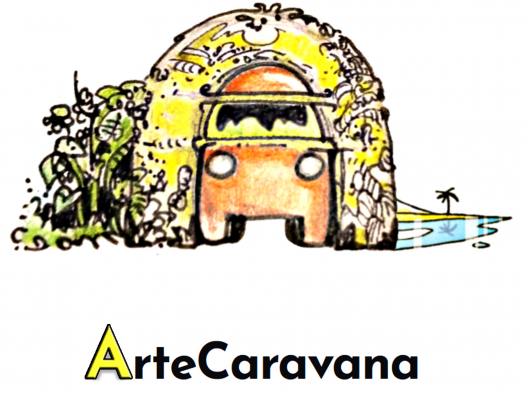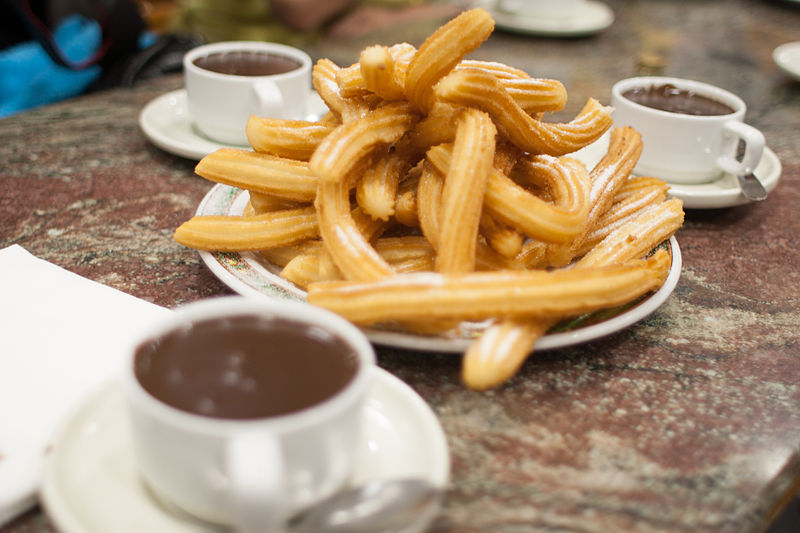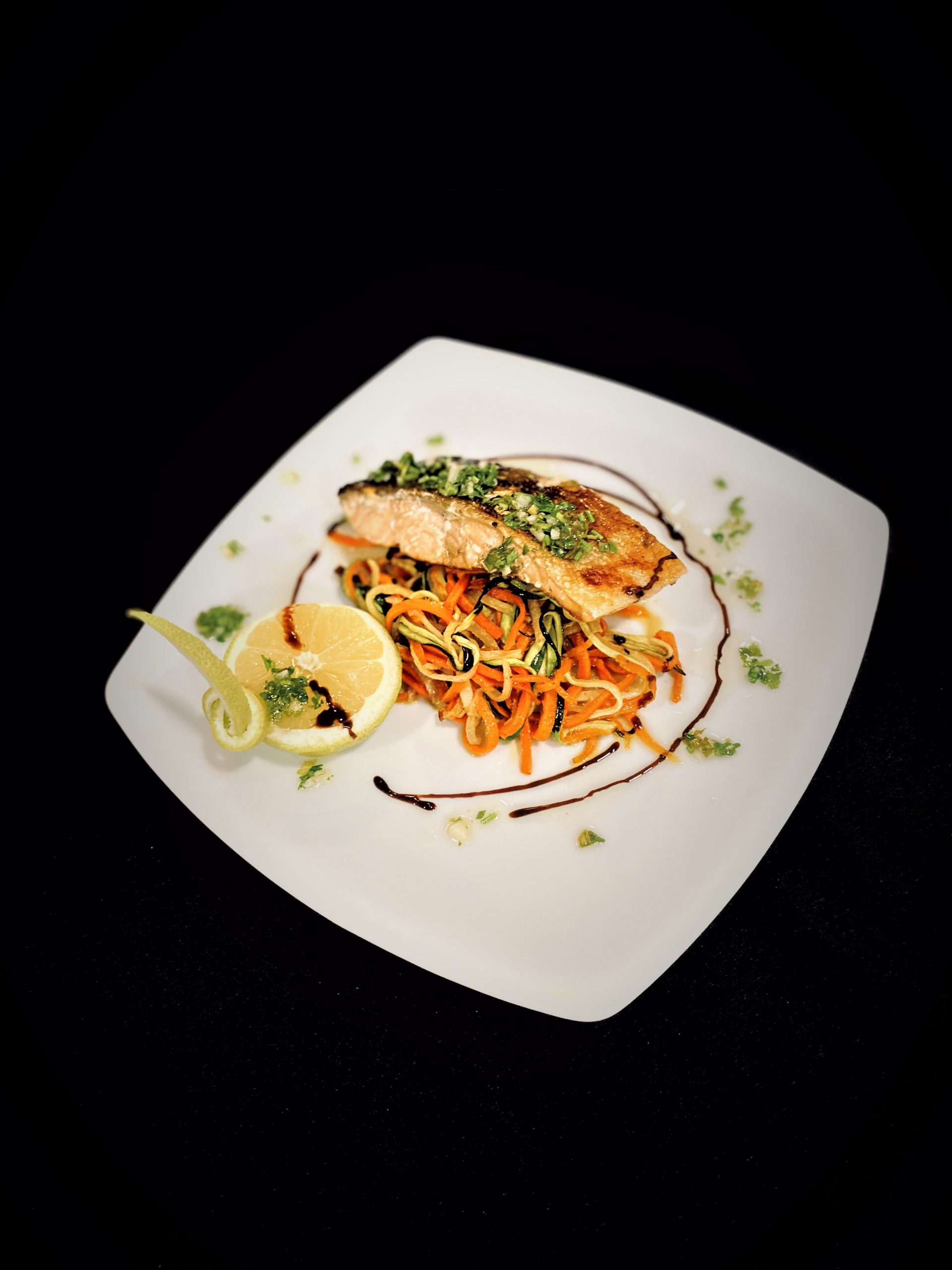
Leather handicraft straight from the workshop on four wheels
Wandering through Iberian lands
What do Spaniards eat for breakfast? Is it true that you don’t eat dinner until after 9:00 PM? – we answer these and other questions below in the first part of the articles from the series: Spain on the fork
16/09/2020 1:23 PM
Today's post begins a series of articles about Spanish cuisine, a topic which has already appeared on our blog before, but this time we will "bite" the topic from a different angle. These will not be just recipes: we will break down the Andalusian diet, we will look at meal times, tapas, soups, main courses and more - we plan to create a guide that will help each of you in situations when you find yourself in a foreign land and the Spanish-language menu in a restaurant seems as complicated as a Turkish sermon.

Photo: https://cocinarrecetasdepostres.net/desayuno-espanol-desayuno-alrededor-del-mundo-6/
We will start with what the Spanish meals look like and at what times they are eaten. Spaniards (we are talking about the Andalusians and almost the entire south coast, not all of Spain – we have previously explained it on our blog) start the day with breakfast, which they eat at a time that matches their working hours. I know many Spaniards who skip that meal or replace it with coffee and then eat directly lunch. According to surveys conducted by the Ministry of Agriculture, Fisheries and Nutrition, 94.4% of Spaniards eat breakfast in the morning on average 6 times a week (this also includes people who only drink coffee because for Spaniards it is also the equivalent of breakfast).
SWEET

Breakfast is usually eaten between 7.30 and 10.00 am, and later on weekends, but restaurants, bars and cafes usually serve this meal until 11.00. Some people opt for light, sweet croissants with coffee, possibly with Colacao (cocoa brand) very popular here. Generally, Spaniards like to start the day "sweet" and we must mention here churros: sweet, typically made from dough based on wheat flour and water, fried until golden, then tossed in sugar. This long, cylidrically-shaped treat is usually dipped in coffee, hot chocolate or cocoa. Churros are chosen mainly on Sundays, but there are also those who choose this very typical Spanish delicacy during the week. To drink, Spaniards often choose milk, which is actually the second most popular breakfast drink.

SALTY
They also like to eat bread or toast for breakfast - the most popular option is toast (bread) with only olive oil or with grated tomato, you can also choose toast with cheese, cheese and york ham or with jamón serrano, which is much better quality, Iberian ham. „Tostada” does not always mean typical toasted bread, often the waiter will give you a choice of several different types of bread.



Almuerzo - when Spaniards eat lunch

If we had breakfast, we will have the next meal around 2 p.m. and it will be lunch (almuerzo). Some, however, say that "Almuerzo" is a "second breakfast" that we eat around 10: 30-11: 30 and it is simply a sandwich (bocadillo or bocata) eaten most often by those who skipped breakfast or for whom morning coffee turned out to be not filling enough. In this situation, amluerzo could be actually translated as brunch. According to this group of people, a meal eaten around 2:00 pm is "comida" (the word which also means simply "food"). Why is this a moot point? Well, some people call the meal at 2:00 p.m.m „almuerzo, others call it „comida”, some people say a sandwich at 11:00 is still breakfast and some that’s already lunch. It actually depends on where exactly are we. Nevertheless, this is only nomenclature, and we will focus here on hours and "content". So let's move on to the meal eaten around 2 p.m., no matter what we call it.
Lunch at 14:00
It is often the most hearty meal of the day. If we eat it at home, we will usually choose the classic combination of meat / fish, salad and potatoes or rice. In restaurants, at lunchtime, "menu del dia" ("menu of the day") is served. It consists of a starter, main course, dessert and drink and can usually be purchased at a fairly economical price (again - depending on where you stay - from 8 EUR, 12 EUR to even 16 EUR in more touristic places). In the upcoming articles, we will take a closer look at some of the most popular meals served in „menu del dia” - starters and main courses but today I will just mention that the most common starters are soups and salads, and the main courses are fish / meat and side dishes - usually rice or potatoes . Some restaurants also have a vegetarian option, of course.

Merienda y cena - Afternoon tea and dinner
Spaniards also have a „5 o’clock meal” which, however, is mainly intended for children returning from school – it usually consists of sandwich, fruit, cake or cookie.
The last but not least is dinner („cena”), a meal which in comparison to the one eaten at 14:00 is rather much less abundant, it’s probably the most important in terms of its social importance. Dinner in Spain is eaten around 9 p.m., so if you are hungry earlier and you arrive at the restaurant at 7 p.m., be ready to eat only cold tapas (because the kitchen will still be closed) or to eat alone because no Spaniard will be tempted to eat at this time. It is mainly caused by the heat – during the day it is too hot to be hungy and apart from that, because of siesta, people leave work after 8 p.m. or 9 p.m. hence such a late meal time. Why is it the most „social meal”? If we don't eat dinner at home, we will almost certainly decide to share a few different tapas when going out with friends. So instead of ordering separate dishes for each one (which also happens and is possible, but definitely much less popular), we order a few different tapas and then eat them from shared plates. Eating together is already quite conducive to socialization. It is important to mention, however, that at dinner it doesn't matter what we eat - the most important thing here is who we eat with and for how long. More than once, I have sat at the table until 1:00 am, and even later (especially on weekends when dinner is only an introduction to an all-night party and waiting for the opening of clubs and discos, which are usually closed until midnight).
Of course, we don't always eat in bars and restaurants, so we don't always eat „menu del dia” or shared tapas! However, the times of meals, if we eat them at home, are practically the same and depend on what hours we work and what hours the children are at school. At home, we rarely eat a two-course dinner (almuerzo / comida) - rather, we focus on one decent meal. The same goes for dinner, we won't be making a few plates of tapas at home! So we will eat what we want - in summer in Andalusia, meals are often replaced by gazapacho or salmorejo (cold tomato soup), while in winter, instead of two-course meals, we will definately decide to eat something more thick – broths, stocks, stews and other single-pot dishes will reign on our table - potajes (guisos de legumbres, cocidos, papas guisadas con carne o con pollo, guiso de pollo con arroz etc.) or puchero. Spaniards like bread very much, but they do not always choose sandwiches, a good substitute is always tortilla de patatas or other variations with eggs (hard-boiled, stuffed, fried, deep-fried, scrambled eggs with vegetables or with chorizo etc.). In Andalusia, a lot of potatoes are also eaten, which also have several different "forms" of serving. We often replace sweets with healthier fruit, or we completely give up afternoon tea or sweets for breakfast.